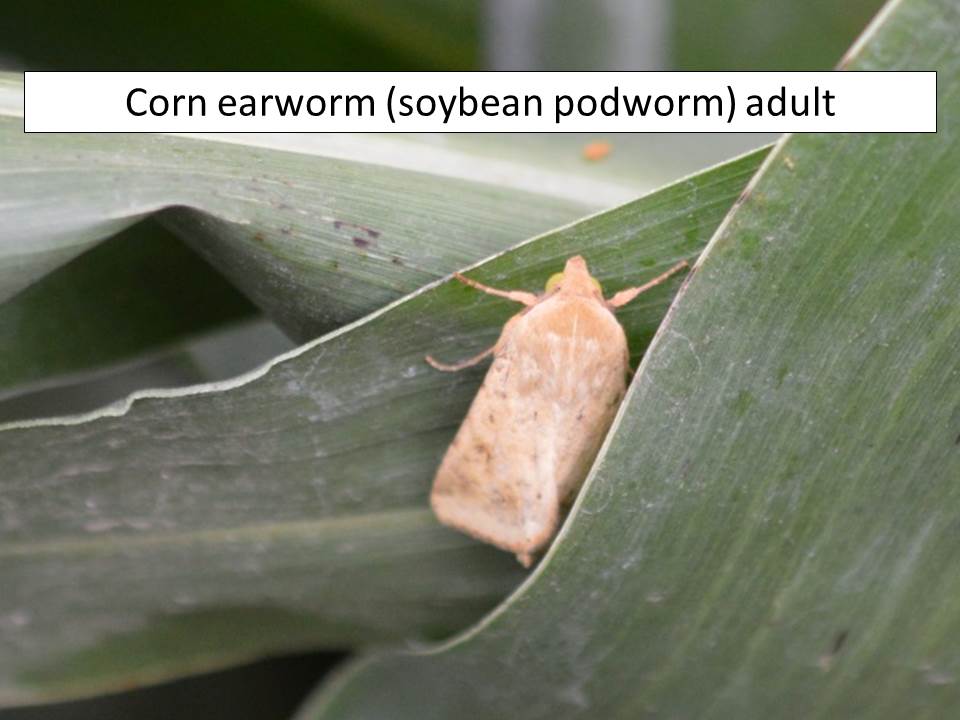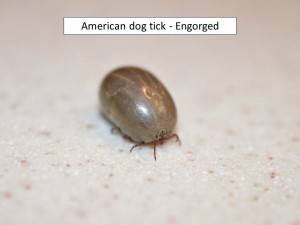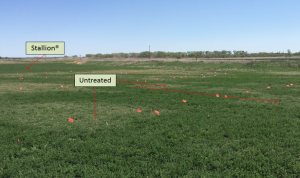–by Dr. Jeff Whitworth, Dr. Holly Schwarting & JR Ewing
Alfalfa weevil larvae have been hatching throughout north central and south central Kansas for the last couple of weeks. However, as of 9 March, there doesn’t seem to be much feeding or development yet (Photo1). There are also a few of these tiny larvae that are dead (Photo2). Because these larvae are so small and vulnerable it is difficult to determine the cause of death. At least some of the mortality could be related to weather fluctuations that have reached mid 70’s for several days but also dropping into the mid to low 20’s some nights.
Most of these larvae are so small that they are well enclosed within the plant terminals to the point that they cannot be dislodged by shaking the stems into a bucket, as the most accurate sampling method specifies. This can definitely cause you to underestimate larval populations. Probably the easiest solution is to hold off sampling until the middle of next week, if the weather turns cooler as predicted. There are a few more mature larvae present, along with adult weevils (Photos 3, 4). Adults will probably continue depositing eggs for a few more weeks, thus extending the period of larval hatching.
There are also a few pea aphids present. Populations do not seem to be increasing now, and there are lady beetles and parasitoid wasps actively attacking these aphids. Also, reports of cowpea aphids in south central Kansas bear watching. These aphids are usually more numerous in warmer summer months. They can add stress to plants by feeding, but they also produce copious quantities of honeydew which can become covered with sooty mold. This may further stress alfalfa by interfering with photosynthesis, especially with small plants coming out of winter dormancy and experiencing dry conditions and fluctuating temperatures.



























